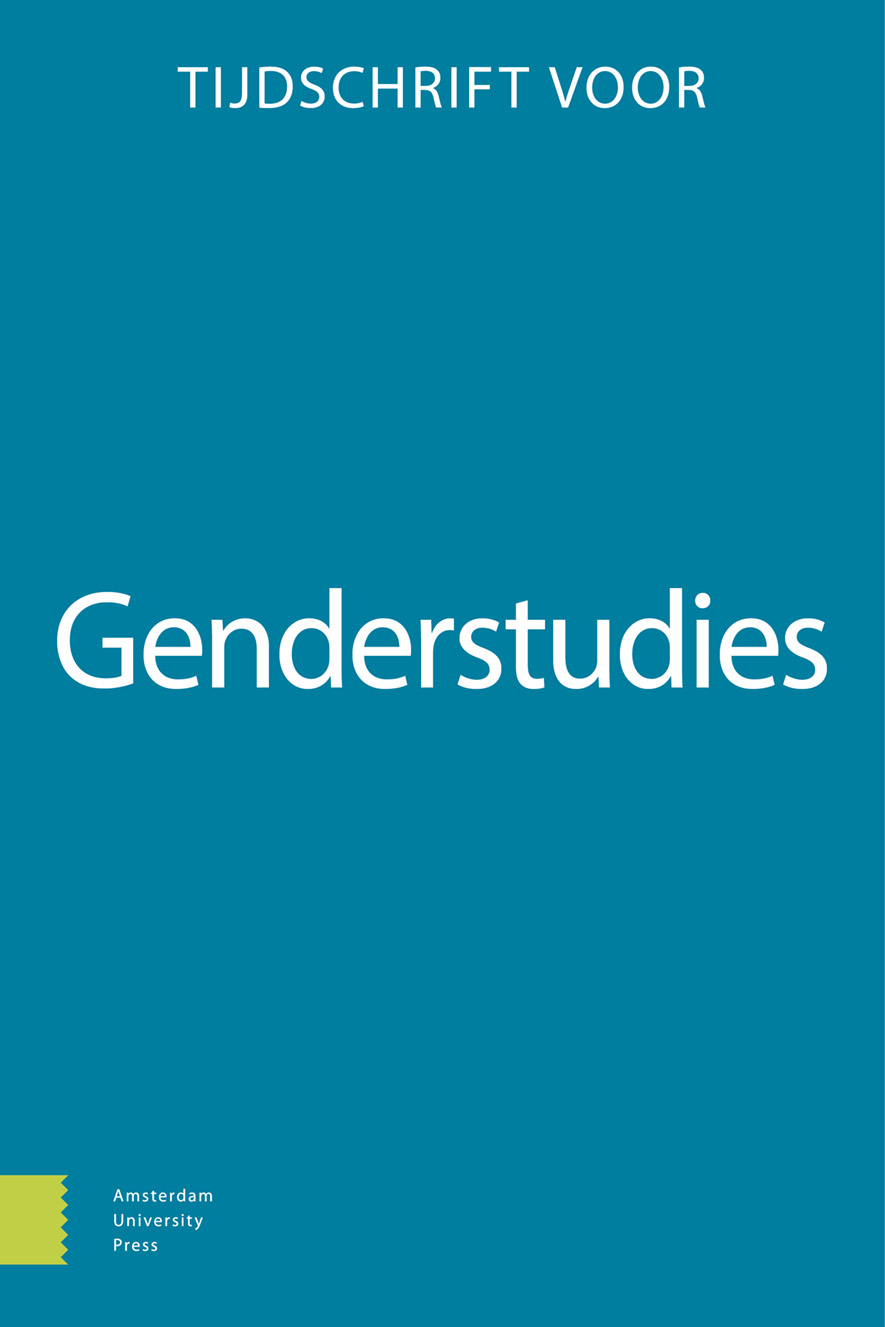-
oa Economisch zelfstandig en (niet) beschermd tegen partnergeweld:1 hoe het complexe verband tussen economische zelfstandigheid en partnergeweld de noodzaak van gendersensitief beleid onderstreept
- Amsterdam University Press
- Source: Tijdschrift voor Genderstudies, Volume 24, Issue 2, Jul 2021, p. 109 - 126
-
- 01 Jul 2021
Abstract
In the Netherlands, the assumed causal relationship between employment, economic independence, and individual freedom of choice has been extended to the approach of intimate partner violence (IPV). In the interests of combating IPV, it is crucial to further investigate this relationship. Based on a literature review, this article shows that the relationship between economic independence and IPV is highly complex. To unravel this complex relationship, a socio-ecological analysis framework has been applied. First, it is a layered relation, in which employment does not necessarily lead to economic independence, which can be explained by social inequalities. Secondly, the relation is bidirectional in that women do not by definition have access to their own financial recourses due to tactics of financial control by the intimate partner. This reveals the coexistence of IPV and economic abuse, and the extent to which an intimate relationship effects the scope for individual choice. Thirdly, there is a paradoxical relationship in that employment is both a protective and a risk factor for IPV. This, in turn, cannot be separated from traditional norms about masculinity and femininity, where men occupy a position of power and derive status from being the breadwinner. These findings imply that not only the approach to IPV but also labour market policy requires a gender-sensitive approach.


